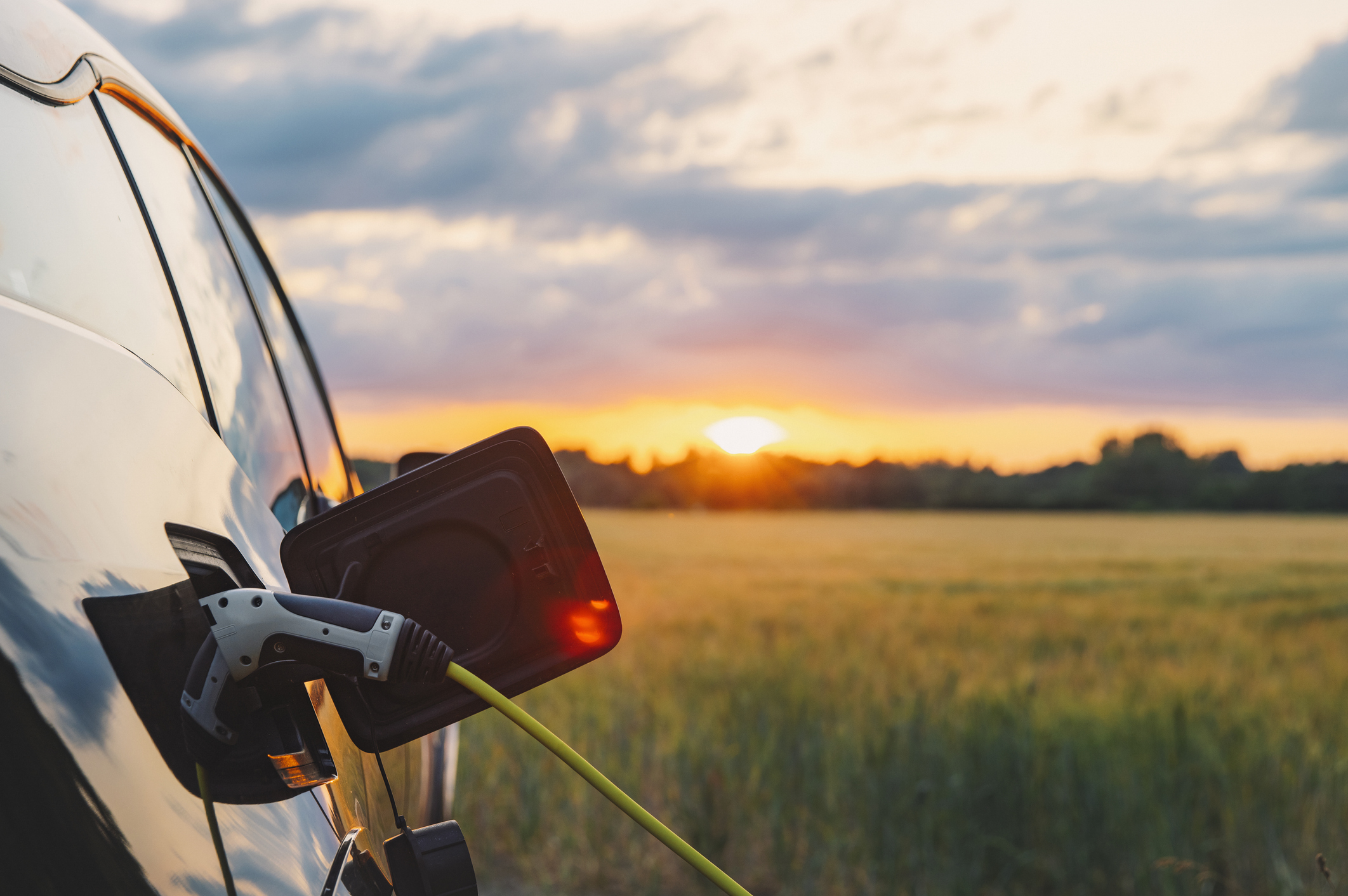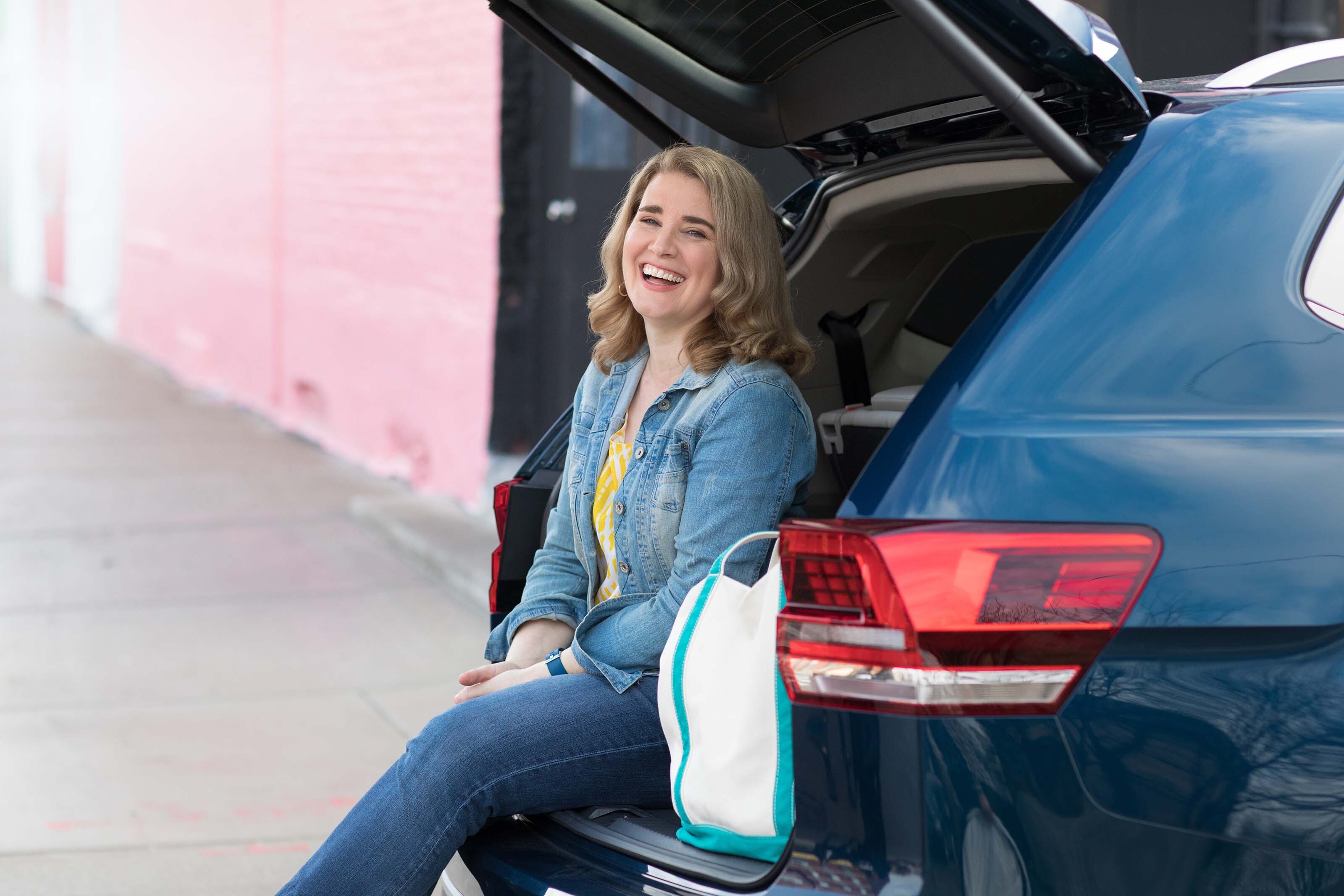Fill 'er up With Ethanol?
President Bush is pushing a new type of ethanol as the antidote to Americans' addiction to oil. But don't expect to see it at your local gas station any time soon.

After watching the President's State of the Union speech last week, and perhaps catching some of the media coverage as he takes his alternative-energy message on the road, you may be wondering how you missed all the brouhaha about ethanol.
Don't kick yourself. Unless you live in a handful of big corn-producing states, you may never even have seen a filling station that doles out ethanol. Only about 500 gas stations -- out of more than 180,000 -- now offer E85, which is a blend of 85% corn-based ethanol and 15% gasoline.
And fewer than 5 million flex-fuel vehicles that can run on E85 are on the road today. A lot of those are in government and industry fleets. Many owners of flex-fuel vehicles don't even know they have them, or simply fill up with gasoline because E85 isn't available.

Sign up for Kiplinger’s Free E-Newsletters
Profit and prosper with the best of expert advice on investing, taxes, retirement, personal finance and more - straight to your e-mail.
Profit and prosper with the best of expert advice - straight to your e-mail.
What it is
E85 is made mainly from corn-based ethanol. That means it's renewable and, as an alcohol, less polluting than petroleum. Although that sounds like a win-win, it's a less-than-perfect solution to our dependence on oil. Growing corn takes a lot of energy in its own right -- plowing, planting, fertilizing, harvesting. Producing it requires petroleum, not to mention land and water, and contributes to greenhouse gases.
That's where the President's new pet project, cellulosic ethanol, comes in. Cellulosic ethanol is made from wood chips or corn stalks, among other agricultural waste often called biomass. Or you can produce it from switch grass, which grows abundantly on the prairies.
President Bush is touting cellulosic ethanol as the antidote to Americans' addiction to oil. It's more expensive to produce than E85 right now, and his goal is to bring the retail price of cellulosic ethanol below the price of gasoline within six years.
But don't hold your breath. Besides a lack of production facilities, the fuel faces problems with distribution. The administration isn't putting its money where its mouth is, either. It's budgeting just $150 million next year for research on breaking down biomass into ethanol efficiently enough to be a cost-effective alternative to oil.
Go yellow
Meanwhile, GM and Ford are making a push for E85 and flex-fuel vehicles, hoping to score points among consumers fed up with the carmakers' gas-guzzling SUVs.
GM previewed its "Live Green Go Yellow" campaign during the Super Bowl. It now has a Livegreengoyellow.com Web site, which has lots of facts about E85 as well as a state-by-state search for stations that dispense it.
GM makes eight flex-fuel vehicles, including the Chevy Impala, Monte Carlo, Avalanche, Silverado, Suburban and Tahoe, and the GMC Sierra and Yukon.
Ford just started manufacturing a flex-fuel F-150 pickup. It also makes a flex-fuel Taurus, Crown Victoria, Mercury Grand Marquis and Lincoln Town Car. Ford also showcased an E85 Ford Escape Hybrid concept at the Washington, D.C., auto show last month.
Dodge has an E85 Durango, Ram, Caravan and Stratus. Chrysler's Sebring swings both ways, and so does the Nissan Titan.
You generally don't pay more for a flex-fuel vehicle, though production is still limited.
The 411 on E85
E85 has a higher octane than gasoline, allowing for more horsepower and torque. But E85 is usually pricier than gasoline, and because it has less available energy than gas, you get 10% to 20% lower fuel economy. The U.S. Department of Energy says a vehicle has to use 1.4 times as much E85 as gasoline to go the same distance. p>
For example, with the Chevy Impala 3.5-liter V6 flex-fuel vehicle, you'd pay about $475 a year more in fuel costs if you filled it up with E85 than if you filled it up with gas, according to comparisons at www.fueleconomy.gov. That assumes you drive 15,000 miles a year in a typical mix of highway and city driving.
Ethanol has promise as one of the ways to help America kick its oil habit because the cost is likely to come down eventually and gas prices are likely to rise. The best news here, though, is that the carmakers and the Bush administration are starting to pay attention to the problems caused by vehicles that run on a resource that's getting scarcer.
Get Kiplinger Today newsletter — free
Profit and prosper with the best of Kiplinger's advice on investing, taxes, retirement, personal finance and much more. Delivered daily. Enter your email in the box and click Sign Me Up.

Mark was the editor of Kiplinger's Personal Finance magazine from July 2017 to June 2023. Prior to becoming editor, he was the Money and Living sections editor and, before that, the automotive writer. He has also been editor of Kiplinger.com as well as the magazine's managing editor, assistant managing editor and chief copy editor. Mark has also served as president of the Washington Automotive Press Association. In 1990 he was nominated for a National Magazine Award. Mark earned a B.A. from University of Virginia and an M.A. in Writing from Johns Hopkins University. Mark lives in Washington, D.C., with his wife, and they spend as much time as possible in their Glen Arbor, Mich., vacation home.
-
 Stock Market Today: Stocks Gain on Tech, Auto Tariff Talk
Stock Market Today: Stocks Gain on Tech, Auto Tariff TalkThe Trump administration said late Friday that it will temporarily halt tariffs on some Chinese tech imports.
By Karee Venema
-
 Sam's Club Plans Aggressive Expansion: Discover Its New Locations
Sam's Club Plans Aggressive Expansion: Discover Its New LocationsSam's Club expansion plans will open up to 15 new stores each year. Learn where they plan to open in 2025.
By Sean Jackson
-
 Gas-Saving Tips That Actually Work
Gas-Saving Tips That Actually WorkThese are gas-saving tips that will actually work for you and your car this year.
By David Muhlbaum
-
 Want to Lease an EV? The Tax Credit 'Loophole' for That Could Go Away Soon
Want to Lease an EV? The Tax Credit 'Loophole' for That Could Go Away SoonTax Credits If you are deciding whether to lease or buy a car, here's what you need to know about the EV lease tax credit.
By Kelley R. Taylor
-
 Car Buying in a Topsy-Turvy Market
Car Buying in a Topsy-Turvy MarketYou need a new car? Good luck with that! What should you do? We've got some answers.
By Katherine Reynolds Lewis
-
 Watch Out for Flood-Damaged Cars from Hurricane Ian
Watch Out for Flood-Damaged Cars from Hurricane IanBuying & Leasing a Car In the wake of Hurricane Ian, more flood-damaged cars may hit the market. Car prices may rise further because of increased demand as well.
By Bob Niedt
-
 Car Buyers: The 3-Day Grace Period Is Just a Myth!
Car Buyers: The 3-Day Grace Period Is Just a Myth!Buying & Leasing a Car Many car buyers think they have three days after making a purchase to return a car. Here’s where they’re going wrong, and what they should do instead to get a decent used car.
By H. Dennis Beaver, Esq.
-
 PODCAST: Car-Buying in an Inflated Market with Jenni Newman
PODCAST: Car-Buying in an Inflated Market with Jenni NewmanBuying & Leasing a Car With cars both scarce and expensive these days, what to do if you want – or need – a new ride? Car-buying strategist Jenni Newman of Cars.com shares some tips. Also, more on the magical 9% savings bond.
By David Muhlbaum
-
 The "Real" Cost of Buying a Car
The "Real" Cost of Buying a CarFeature Atlanta Falcons linebacker and Kiplinger contributing editor Brandon Copeland illustrates how car prices are far more than meets the eye.
By Brandon Copeland
-
 How to Get a Car Deal in This Market
How to Get a Car Deal in This MarketBuying & Leasing a Car Low inventories mean it’s hard to haggle on price, but you can still negotiate on financing when shopping for a new or used car.
By Rivan V. Stinson